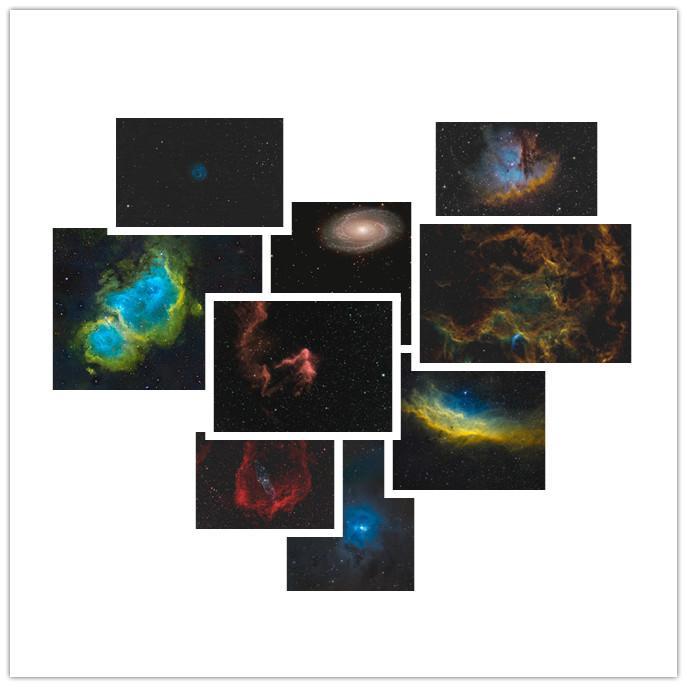【Starry Story】Bob Rucker (US)
【Starry Story】Bob Rucker (US)
Greetings!
My name is Bob Rucker and I live in Florence, Arizona. This is a small town in the Arizona desert 60 miles south of Phoenix. I retired at the end of 2018 after a 40-year career with a multinational food company which provides me the free time for pursuing this hobby.
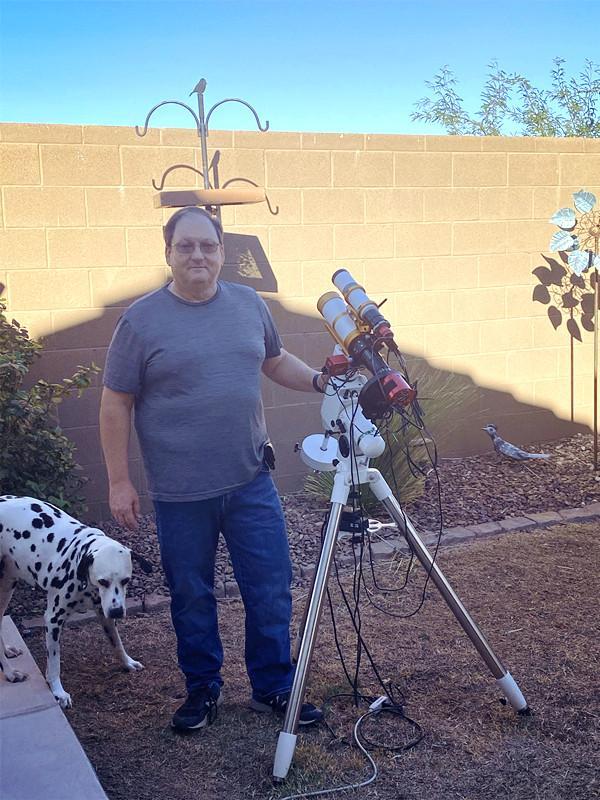
Astrophotography Beginnings
My interest in astronomy dates to my early childhood. I grew up during the height of the space race in the 1960’s. My heroes were the Gemini and Apollo astronauts, and I eagerly followed all the manned space flight missions culminating with Neal Armstrong taking the first steps on the moon.
As a teenager I used to read Astronomy Magazine and dream of owning an orange tube Celestron telescope and learning the art of astrophotography. The technology of the times made the cost prohibitive, but I did buy a small refractor that let me enjoy visual astronomy of the moon and planets.
My career and family kept me busy for many years and I did not pursue the hobby. One day in 2016, I was at a bookstore and picked up a copy of Astronomy Magazine. I was stunned by the technological advances and how much more affordable equipment had become. This rekindled my interest in the hobby and after some research, I finally purchased that orange tube Celestron 6SE to start my endeavors.
Experience and Optolong
I must be honest and confess that my astrophotography beginnings were a disaster. I could probably write a book about what not to do as I think I made every possible mistake as I started out. A long focal length telescope, small sensor camera and ALT/AZ mount was a poor choice of equipment to start my journey. So much that I came close to giving up in frustration.
My retirement gave me time to research and binge watch YouTube videos and my fortunes changed once I found a video by Trevor Jones detailing beginning imaging. I decided to purchase a Zenithstar 61 and an HEQ5 Pro equatorial mount based upon his recommendations. Paired with my uncooled ASI294MC camera I finally started seeing some results, but my colors were dull, so my next step was investing in better filters.
One of the things I have learned to value is all the expert advice that is available on YouTube by expert astrophotographers. There was good consensus that the Optolong L-Pro and L-Extreme were ideal for one shot color cameras, so these were my first purchases of quality filters. I gained valuable experience with widefield imaging with my Zenithstar 61 and L-Extreme. As my skill improved, I started chasing galaxies with my 6SE and L-Pro. I was so encouraged by the improvement from the filters that I invested in an ASI533MC as my first cooled camera which provided even better performance.
Transition
I was excited to see steady improvement, but I wanted to take things to the next level by moving to monochrome imaging. The Hubble and HOO color palettes have always intrigued me, and this became my new photography goal. I purchased an ASI294MM Pro camera along with a ZWO 36mm filter wheel. My previous experience with Optolong filters made the decision to purchase a full set of Optolong 36mm LRGBSHO filters easy.
Today, my main equipment consists off the following:
Refractor – Apochromatic Zenithstar 61
SCT – Celestron 6SE
Mount – Skywatcher HEQ5 Pro
Imaging camera – ASI294MM Pro
Rounding out my main equipment is the ZWO ASIAIR Plus, ZWO EAF, EFW and ASI120MM Mini guide camera along with a Williams Optics 50mm guide scope.
All of my imaging is done at my Bortle 5 backyard. I am still a novice and don’t expect to win any awards, but I am having a blast learning about the cosmos and improving my photography. My current equipment list is relatively modest compared to others but I enjoy pushing what I have for capturing challenging targets.
SH2-129/OU4 The Flying Bat and Squid Nebula

NGC 1499, The California Nebula
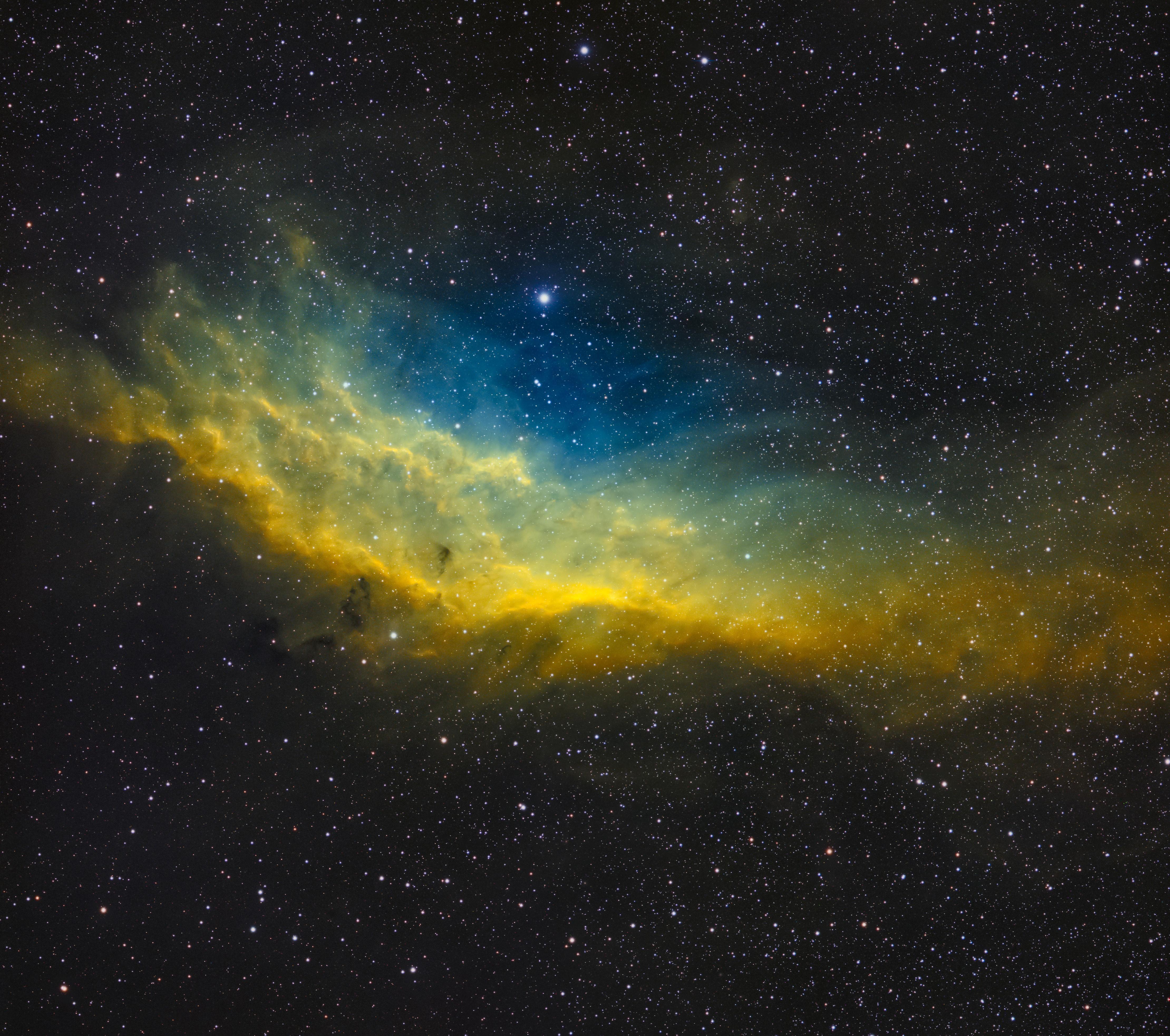
M81 and M82, Bodes and Cigar Galaxies
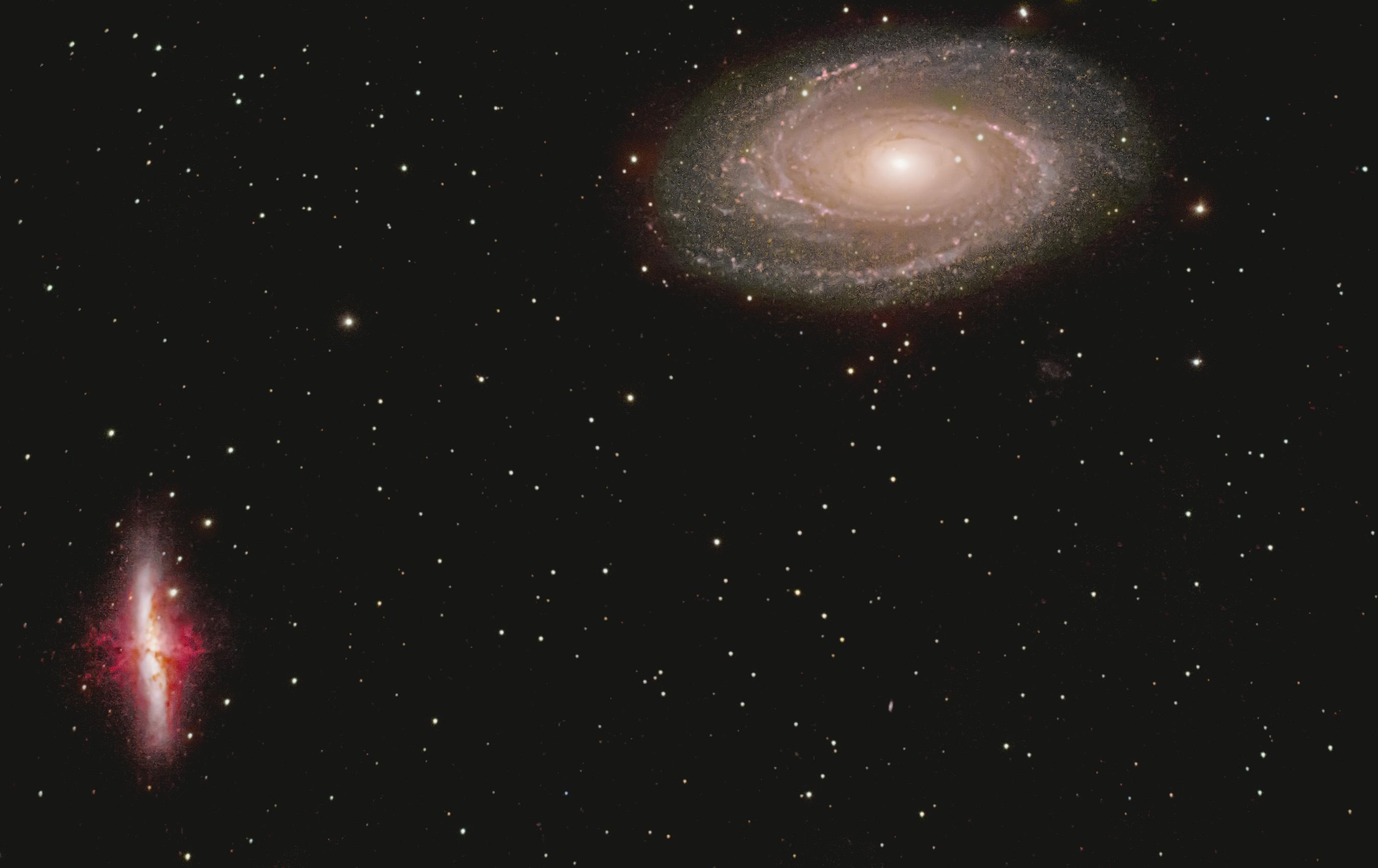
IC 1848, The Soul Nebula
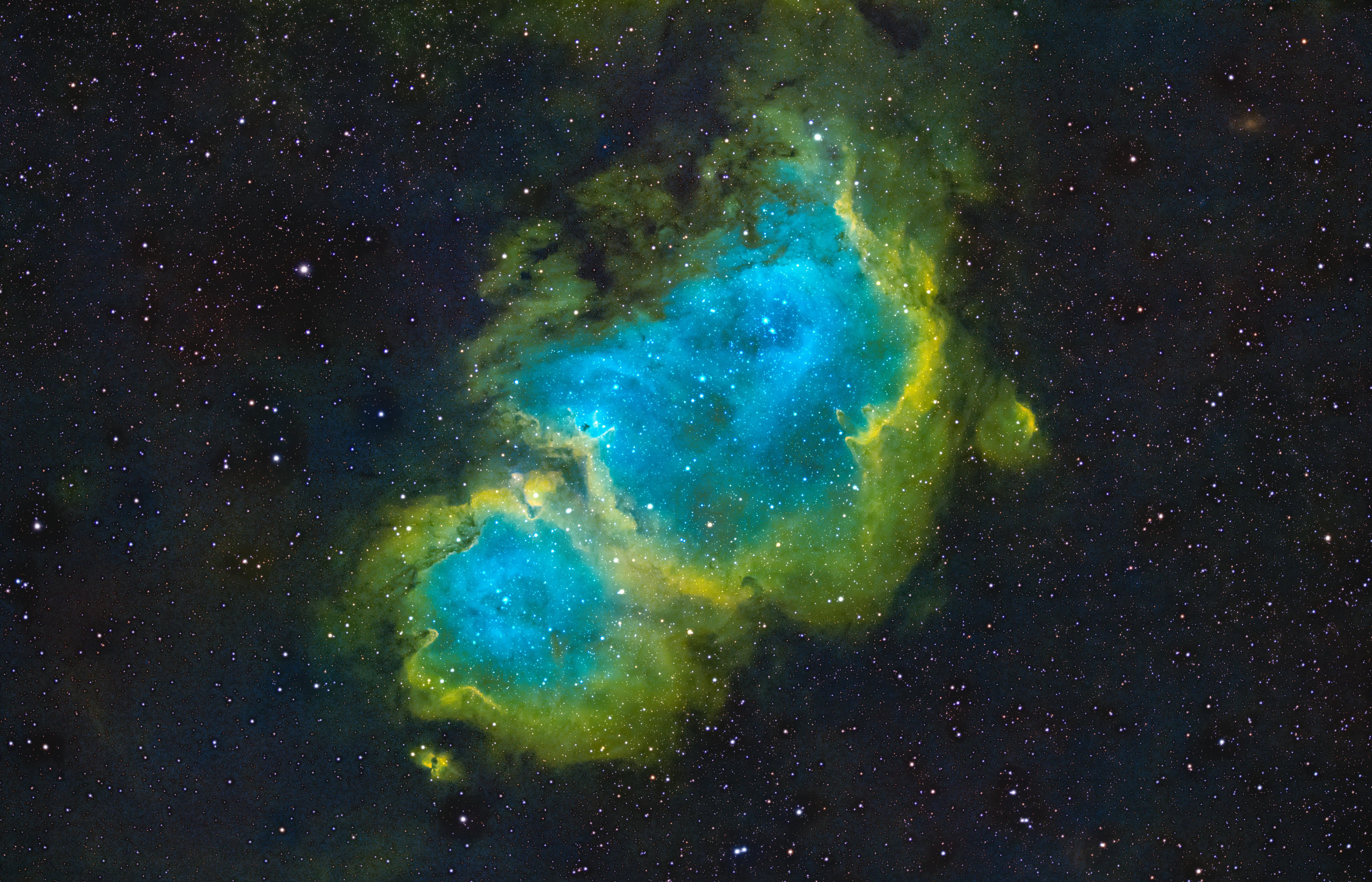
NGC 6981 and WR 134
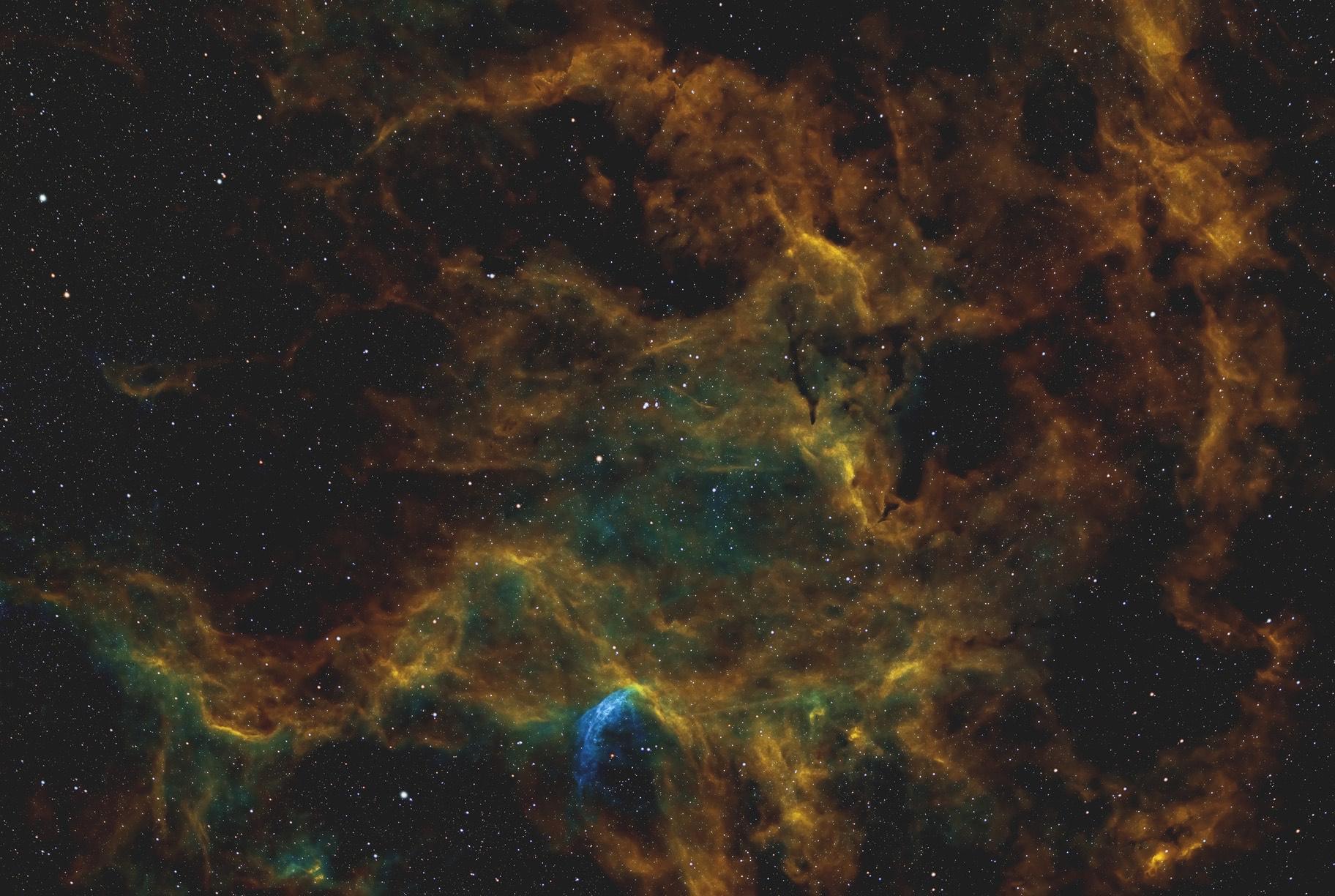
SH2-132, The Lion Nebula
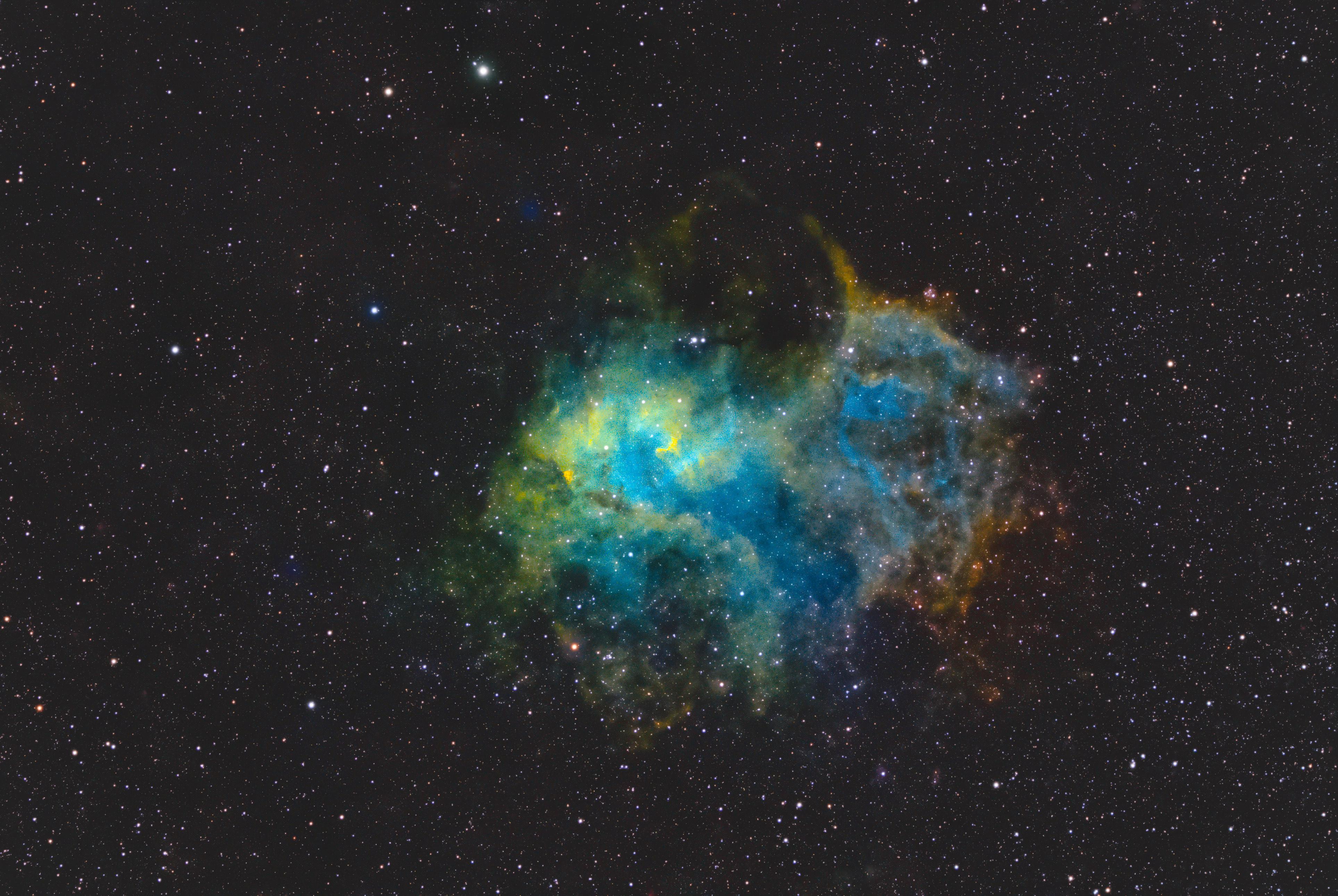
I like browsing Astrobin to find interesting targets and see how close I can get my results to resemble the pros. More often than not, I fall short, but I never thought I would see the results I’m getting today after my disastrous start two and a half years ago.
Next Steps of My Journey
My real journey is just beginning as I still have so much to learn about image acquisition and processing. Road trips to dark sky locations are also on the future list of things to do. I’m also looking at adding a larger aperture refractor and even bigger SCT to allow me to chase targets that are even more distant than what I’ve imaged thus far.
The one constant I foresee for the future is Optolong filters. I do not think that anyone offers filters that can compete with the quality and performance for the price. Narrowband imaging is my passion and I’ve been completely satisfied with the capabilities I’ve seen. My current processing skills (or lack thereof) probably don’t do the filters justice, but I’ve been amazed by the detail I’ve managed to capture on difficult targets like SH2-129 and OU4 (The Flying Bat and Squid Nebula) and SH2-240 (The Spaghetti Nebula).
Processing skills aside, I find that gap between my Optolong filters and vastly more expensive options to be surprisingly small. Any future filter upgrade will probably only occur once Optolong introduces something newer and better as they have earned my brand loyalty.
I am grateful that I did not give up despite my disastrous start. I have developed a passion for
this hobby and enjoy the ongoing process of increasing my knowledge and further improving my
imaging. The beauty of the cosmos and scale of the universe offer an endless list of potential targets.
Clear Skies!

